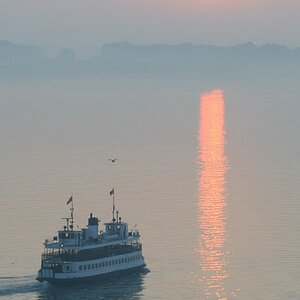Let me start by saying I'm not a photographer and know nothing about it and that's why I'm here!
I got an email today from an old buddy who found a contact sheet of 8 photos from my graduation back in 71. He wants to know if I want them.
So here's my question.I've googled contact sheets and can see that they are very small images. Is there a way to get prints from them/enlarge them? I've also seen scans online that seem pretty large so there must be at least a way to magnify the images on my computer?
Otherwise they wouldn't be much use to me.
If it means anything to you guys he tells me these are original proofs and that they were shot on a 35mm camera. After that he's as clueless as me.
Any help would be appreciated
I got an email today from an old buddy who found a contact sheet of 8 photos from my graduation back in 71. He wants to know if I want them.
So here's my question.I've googled contact sheets and can see that they are very small images. Is there a way to get prints from them/enlarge them? I've also seen scans online that seem pretty large so there must be at least a way to magnify the images on my computer?
Otherwise they wouldn't be much use to me.
If it means anything to you guys he tells me these are original proofs and that they were shot on a 35mm camera. After that he's as clueless as me.
Any help would be appreciated


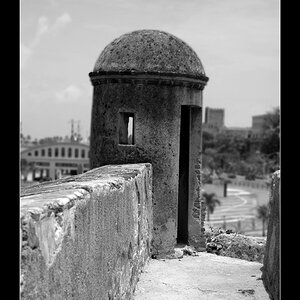
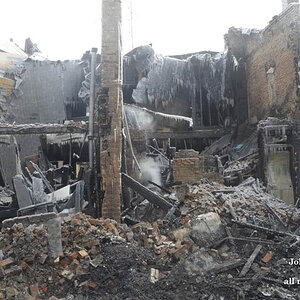
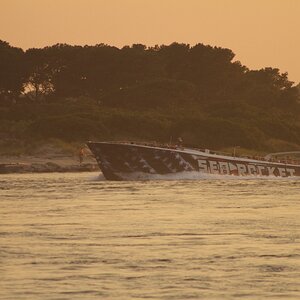
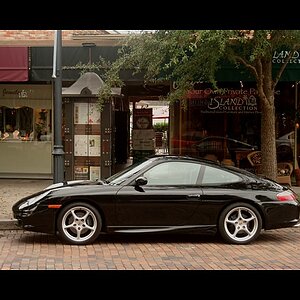
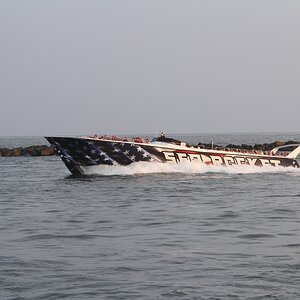
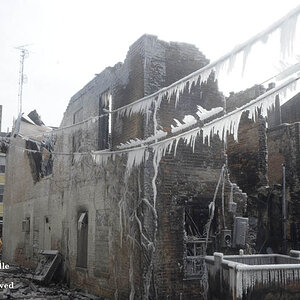
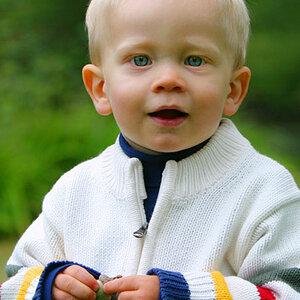
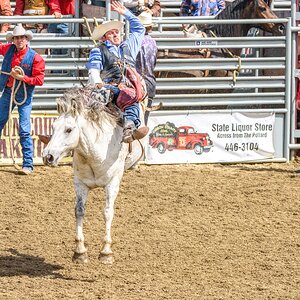

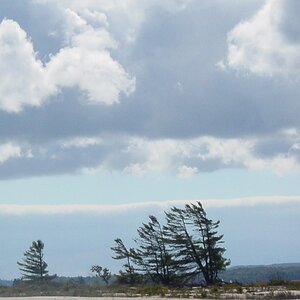
![[No title]](/data/xfmg/thumbnail/37/37120-1d477daab99b292a0c740b50f1c96d53.jpg?1619737883)
